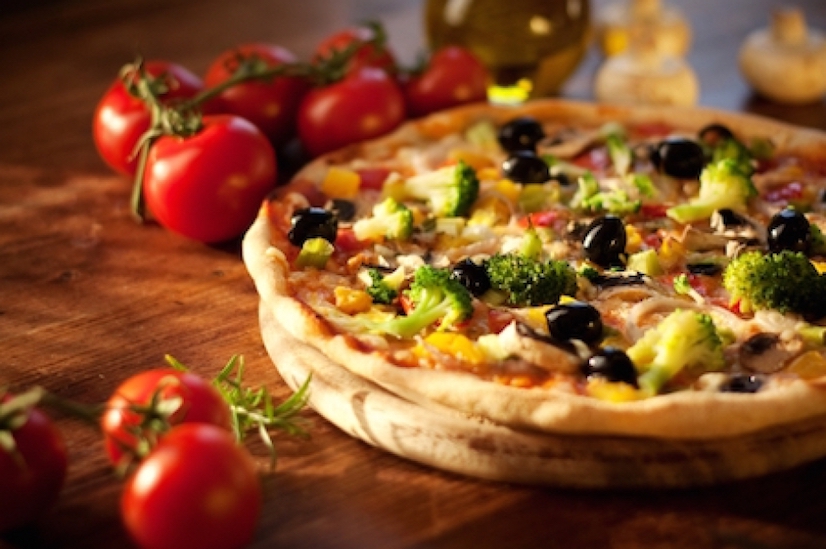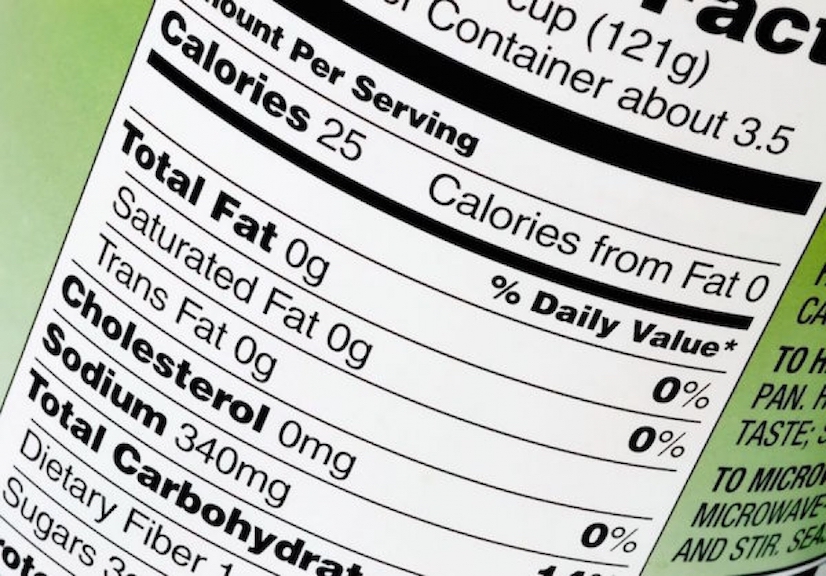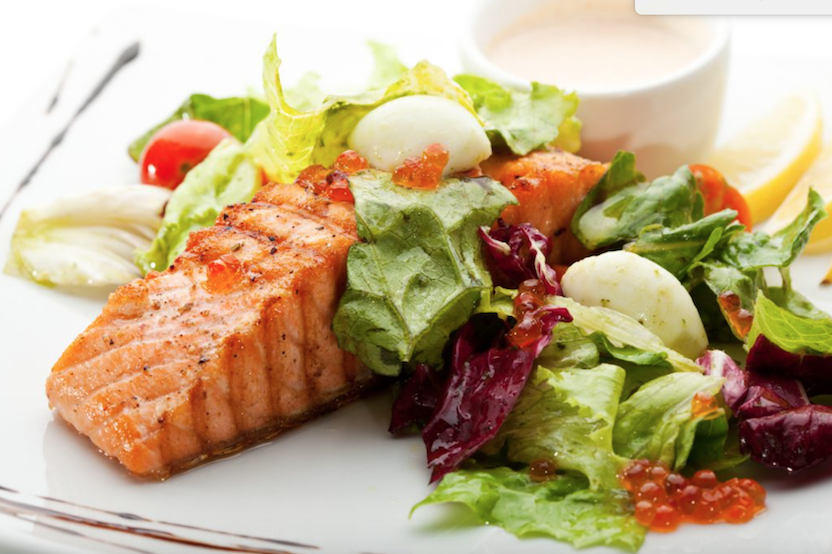Though pizza has its origins in Italy, it’s indeed a staple food in many countries around the world. While you won’t necessarily find it on a list of healthy foods, believe it or not, this popular dish isn’t at all completely devoid of nutritional value. In fact, when prepared at home using the right ingredients, pizza can actually be a healthy inclusion in a well balanced diet. So, if you’re a real fan, here are some super simple ways to make your pizza healthier.
Use 100% Whole Grain Crust
Eating “real” whole grain foods supports long-term weight management and overall good health. Since whole grains are largely comprised of dietary fiber they tend to digest and absorb slowly making you feel fuller, sooner and for a longer period of time. Most pizza crusts are made with refined flour, which is lower in fiber and less filling making it easier to consume in excess. For a healthier pizza, you can either purchase pre-packaged whole grain crust or make your own pizza dough using whole wheat flour.
Related Article: The Gluten-Free Lifestyle: Is It Really a Fad?
Opt for Low-Sodium Tomato-Based Sauce
Since bottled and canned pizza sauces are typically high in sodium, it’s better to opt for a low-sodium pasta sauce. You can also make your own using a tomato sauce that’s low in sodium. Tomato products are exceptionally rich in beta-carotene (vitamin A) and lycopene, both of which are powerful disease-fighting antioxidants. Simply add minced garlic, chopped onion and a variety of seasonings (basil, oregano, Italian seasoning, and ground pepper) to your sauce and warm it up on your stovetop. For a thicker sauce, you can add low-sodium tomato paste.
RECIPE: Tomato Seafood Chowder with Turkey Bacon
Include a Ton of Colorful Veggies
Vegetables are healthy, incredibly versatile, extremely low in calories and rich in vitamins, minerals and antioxidants. For disease prevention and overall good health, it’s important to consume at least 3-5 servings each day and you can easily meet the minimum by simply including generous amounts on your pizza. Since veggies are also very high in fiber, adding them in substantial portions will greatly help in reducing the urge to overeat. Some of my personal favorites for pizza include mushrooms, sweet and hot peppers, onions, broccoli, spinach, and zucchini.
Related Article: Eight Super-Simple Ways to Get More Veggies Into Your Diet
Take It Easy on the Cheese
This might seem a bit unorthodox, as for many, “extra cheese” is a criterion for great pizza! Although cheese is a very rich source of important nutrients like protein and calcium, it’s also relatively high in calories and saturated fat. As such, adding large quantities to pizza can greatly reduce its nutritional value. To avoid this, simply add light sprinkles of reduced fat cheese made from 2%, skim or nonfat milk. You can also choose a non-dairy alternative that’s naturally lower in calories and saturated fat.
Limit the Processed Meat
Consumption of processed meat varieties like pepperoni and sausage are closely linked to the development of heart disease, stroke and various forms of cancer. They are also very high in sodium, which is known to elevate blood pressure and increase the risk of kidney-related disorders. To maintain the nutritional value of your pizza, limit the processed meat or maybe even opt for healthier alternatives like lean ground turkey, chicken breast, and anchovies. You can also go full-veggie to reduce the calories and fat content.
While pizza isn’t a top choice for healthy foods, it can be easily incorporated into a balanced diet. Following these simple tips is a sure way to get the most nutritional value out of this fun and delicious food. Now, let me emphasize that no matter how it’s built, you should always consume pizza in moderation. Even when the healthiest ingredients are used, one slice of pizza can house an average of 200-300 calories.







